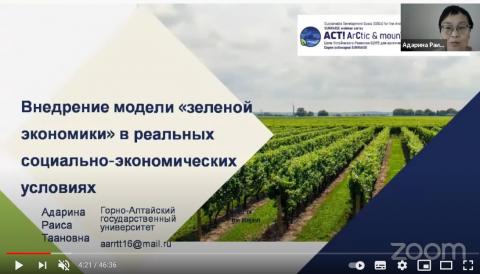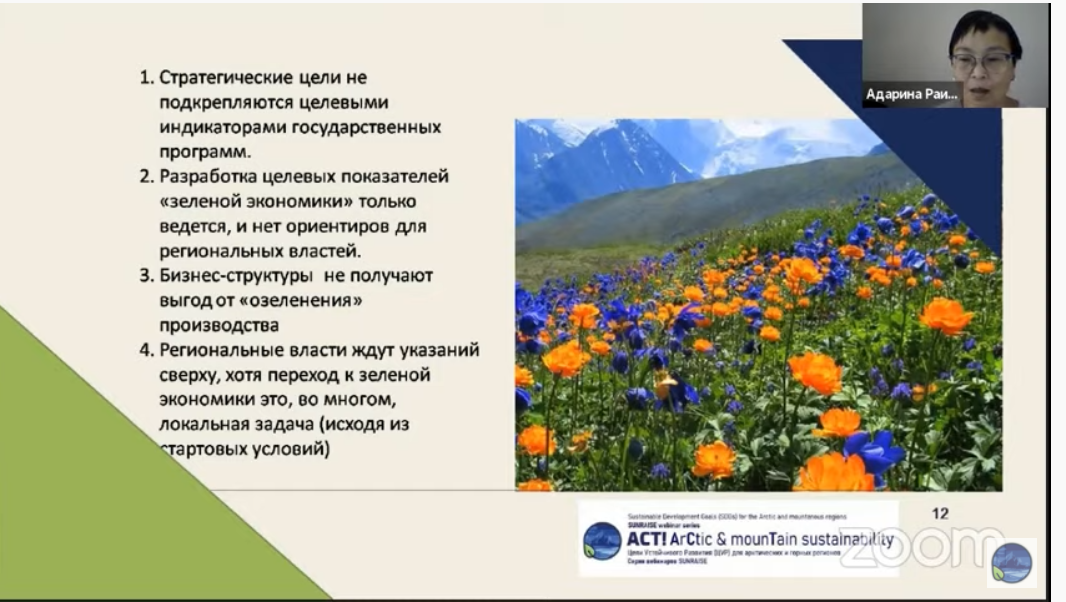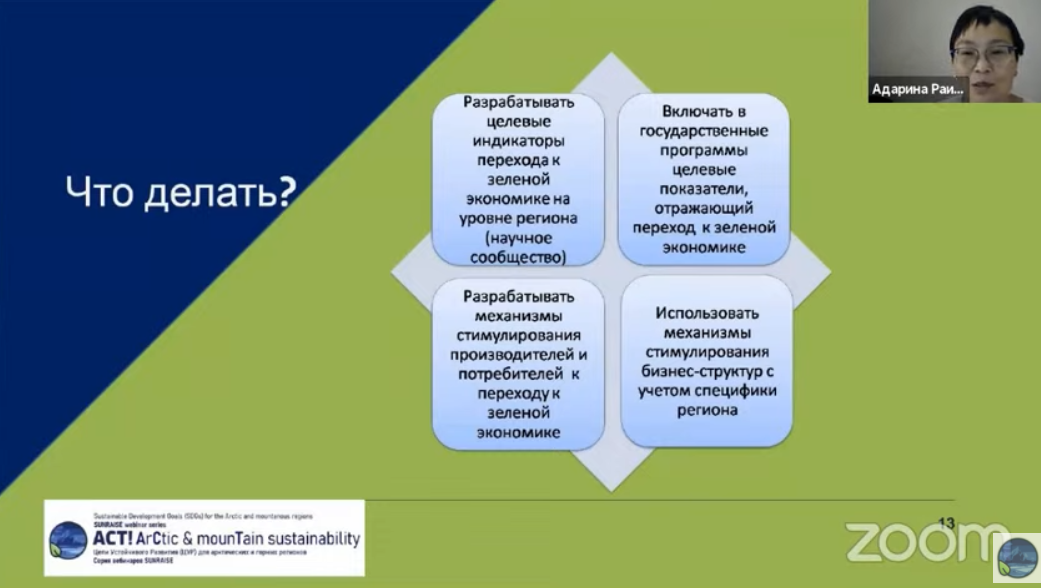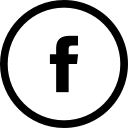The lecture “Development of green economy models in real life socio-economic conditions” by Raisa Adarina

The lecture “Development of green economy models in real life socio-economic conditions” by Raisa Adarina attracted the attention of more than 70 participants, including those who watched it on YouTube (https://www.youtube.com/channel/UCbWOsyHFFvaAdxFYzBEMtcQ). It was conducted within The ACT! webinar series that also makes for the MOOC of SDGs for Arctic and mountain sustainability.
Prof. Adarina defined the concept “green economy” and explained the major differences between “green economy” and “brown economy.”
She spoke on the key challenges that hinder the development of green economy in general and, in particular, in the Altai Republic:
- Strategic goals are not supported by target indicators of state programs;
- The development of target indicators is underway and there are no clearly identified benchmarks for regional authorities;
- Businesses do not benefit from “greening” their production;
- Regional authorities wait for instructions from the state authorities, although the transition to “green economy” is more a local task (with account of starting conditions).
She outlined the possible solutions to foster the green economy development as follows:
- To establish benchmarks of transition into green economy at the regional level (R&D community);
- To establish motivation tools for producers and consumers to make a transition into green economy;
- Include the benchmarks that indicate the transition into government programs;
- Apply the mechanisms of business-structure motivation with reference to regional peculiarities.
She also drew attention to the fact that “green economy” is not only about reducing environmental risks and ecological scarcities, but it should result in the improved human well-being and social equity.



